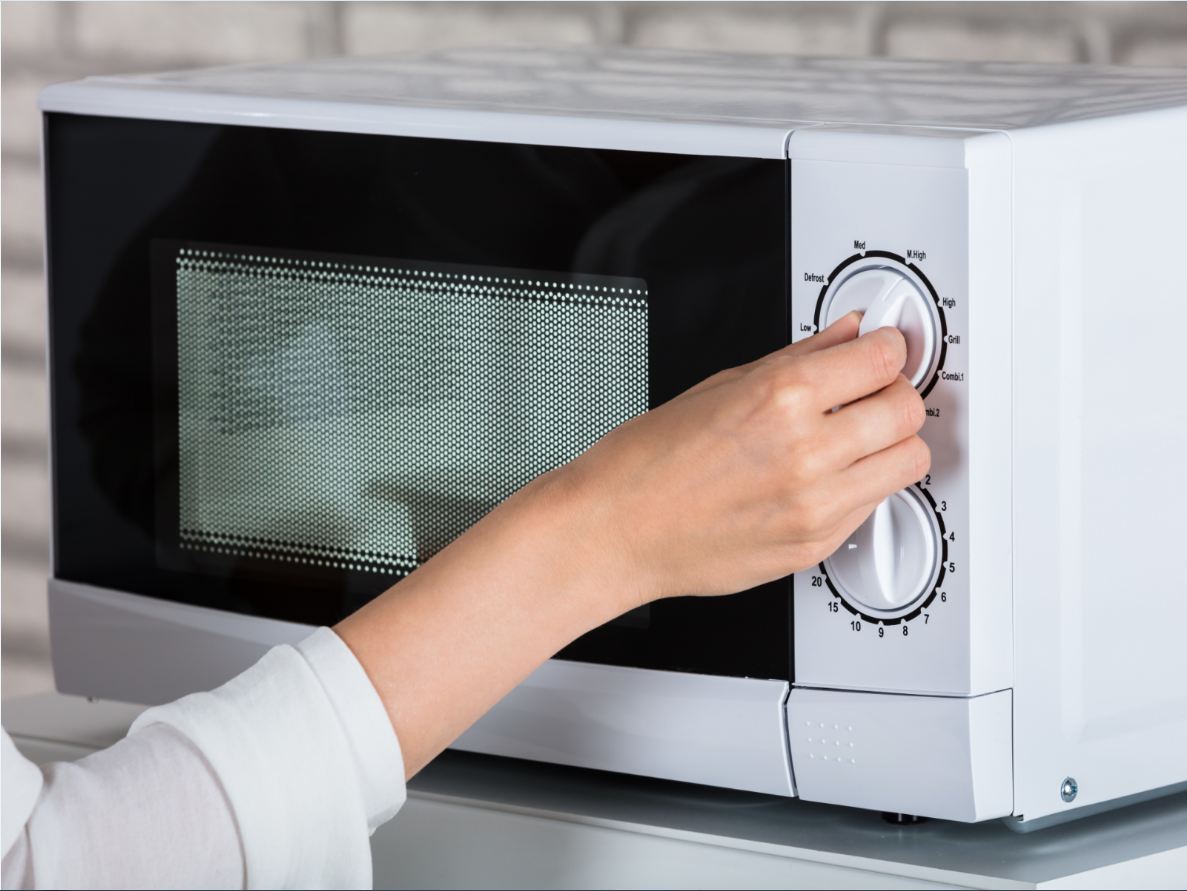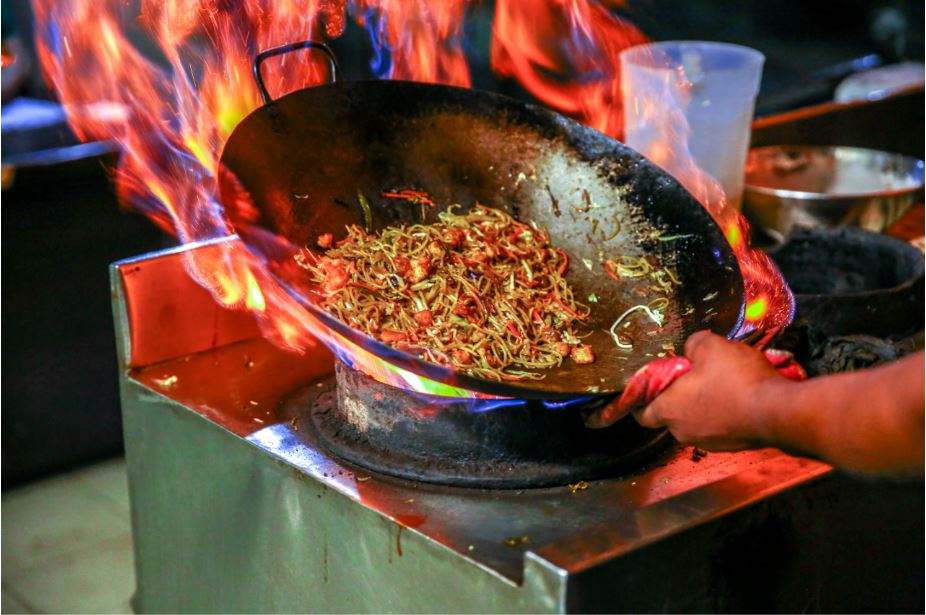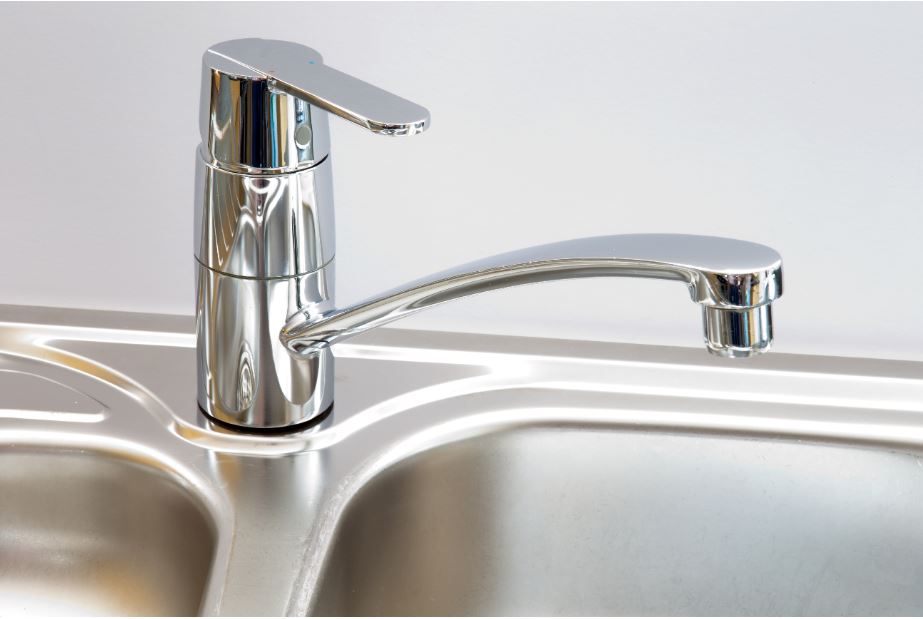
What’s the Best Wattage for Microwave and How to Check it
- Khadija Sheikh
- 0 Comment
- Kitchen Appliances, Microwave Oven
- 6 minutes read
When it comes to buying a microwave, the only thing that may confuse me more is its wattage. The higher the wattage of the oven, the faster the food cooks. An average microwave ranges from less than 500 watts to up to 1000 volts. The best wattage for a microwave oven is, however, dependent on your needs. The best baseline is a 1,000-watt microwave, while a cooking machine with 700-wattages or lower will slow down your cooking. So, I would not recommend buying a 500-watt microwave. A 700-watt microwave is also considered low, but it does give you good cooking time. Most recipes and dishes are likely to demand an oven with a wattage between 600 and 700.
The best wattage for your microwave depends on how you cook. For reheating leftovers, aim for 700 to 900 watts, while 900 to 1200 watts is ideal for cooking meals or defrosting meat. To check your microwave’s wattage, look in the owner’s manual, check the label inside the door, or conduct a simple water boiling test. Choosing the right wattage can boost cooking efficiency and food quality. Discover more about microwave features and cooking tips that suit your needs.
Understanding Microwave Wattage
When it comes to choosing a microwave, understanding wattage is key. Wattage tells you how powerful your microwave is, which directly affects cooking time and efficiency.
Higher wattage means quicker cooking, while lower wattage might require longer times. You’ll often see microwaves ranging from 600 to 1200 watts.
Think about your cooking habits: if you frequently heat meals or defrost food, you’ll want a model with higher wattage. For light tasks, like warming coffee or popcorn, a lower wattage can suffice.
Knowing wattage helps you pick a microwave that suits your needs and maximizes your cooking experience.
Ideal Wattage Range for Different Cooking Needs
Choosing the right wattage for your microwave really depends on how you plan to use it.
For reheating leftovers or making popcorn, a wattage between 700 to 900 watts usually works well.
If you’re cooking more complex meals or defrosting meat, aim for 900 to 1200 watts.
Higher wattage, around 1200 to 1800 watts, is ideal for faster cooking and steaming vegetables.
Keep in mind that lower wattages might require longer cooking times, while higher wattages can lead to overcooking if you’re not careful.
Assess your cooking habits to find the wattage that best suits your needs.
How Do I Know What Wattage My Microwave Has
When it comes to cooking with the required heat, many people are confused about the actual wattage of their microwave. Well, it’s quite simple. There are three ways to find out.
- Heat a Glass of Water
- On the Back of the Machine
- Check User Guide
Heat Cap-Less Liquid
First, the easiest and most manual way to check wattage is to use a heating cap-less glass of water. It is the most effective way to actually test it by heating up one cup of water. You can heat liquid in a cup or glass inside your oven without a cover.
If it takes over four minutes for the water to boil, this means that your microwave is less than at 500 watts. On the contrary, if it takes a glass of water three to four minutes, that’s mean your machine has between 500 and 600 watts electric capacity.
If it takes three minutes or less, it should indicate that your microwave is 600 to 700 watts. So that’s a very quick way to determine the wattage of your microwave oven.
On the Back of Your Microwave
In a second way, the wise should be listed on the back of the microwave oven. So you can turn the Bight Mac microwave on and look for the wattage. However, if your microwave is installed above the range that’s not practical, then hold on here.
User Guide
You can check it out from your owner manual guide to see if the wattage is listed there. You may find it easily there. If you do not find it because you lost your book somewhere shifting, or you got a used appliance and have no clue about the manual guide.
In this case, you can contact the product’s help center. It always works.
Benefits of Higher Wattage Microwaves
Higher-wattage microwaves offer several advantages that can greatly enhance your cooking experience. They cook food faster, saving you valuable time, especially on busy weekdays.
With higher power, you can achieve more even heating, reducing the chances of cold spots in your meals. This means your leftovers taste fresh, and your meals come out perfectly cooked more often.
Additionally, higher-wattage microwaves often include advanced features like inverter technology, which maintains consistent power for delicate tasks like defrosting.
Tips for Choosing the Right Microwave Wattage
What should you consider when selecting the right microwave wattage? First, think about your cooking habits. If you frequently heat leftovers or cook frozen meals, a higher wattage (900-1200 watts) will save you time.
Lower wattage (600-800 watts) may suffice for simple tasks like reheating beverages. Next, consider the size of your household. Larger families benefit from higher wattage for quicker meal prep.
Finally, check the microwave’s features; some models offer inverter technology for even heating and defrosting. Keep these factors in mind, and you’ll choose a microwave that fits your needs perfectly.
Frequently Asked Questions
Can I Use My Microwave for Baking?
Yes, you can use your microwave for baking, but it’s different from traditional ovens.
It works best for quick treats like mug cakes or brownies.
Just remember, results may vary compared to conventional baking methods.
How Does Wattage Affect Defrosting Time?
Wattage directly influences how quickly your food defrosts.
Higher-wattage microwaves reduce defrosting time, ensuring even thawing.
Lower wattage means longer defrosting periods, which can lead to uneven results and possible cooking if not monitored.
Do Different Foods Require Different Wattages?
Yes, different foods do require different wattages for ideal cooking.
For instance, dense items like meat need higher power for thorough heating, while delicate foods, like eggs, benefit from lower wattages to prevent overcooking.
Is Higher Wattage Always Better for Cooking?
Higher wattage isn’t always better for cooking.
It can cook food faster, but some dishes might dry out or overcook.
You’ll want to match wattage with your recipe for the best results.
Can I Use My Microwave at High Altitudes?
Yes, you can use your microwave at high altitudes, but cooking times may vary.
You’ll need to adjust your cooking time and power settings to guarantee your food heats evenly and thoroughly.
Conclusion
In conclusion, knowing your microwave’s wattage is key to getting the best cooking results. Whether you need quick reheating or thorough cooking, understanding wattage helps you choose wisely. Higher wattage can save time and ensure even cooking, but it’s important to select one that suits your needs. By checking your microwave’s wattage and considering your cooking habits, you’ll make an informed choice that enhances your kitchen experience. Happy microwaving!
Khadija Sheikh
Meet Khadija Sheikh, an avid kitchen specialist with a passion for exploring innovative kitchen gadgets, cooking tools, and remodeling tips. Her culinary journey is an artistry of flavors, where she uniquely combines her love for kitchen intricacies with a special focus on crafting meticulous step-by-step recipes. As a dedicated writer, Khadija not only unveils the secrets behind delightful dishes but also transforms kitchens into creative spaces. Join her a flavorful adventure, where every recipe becomes a narrative, and every kitchen tool tells a story.

